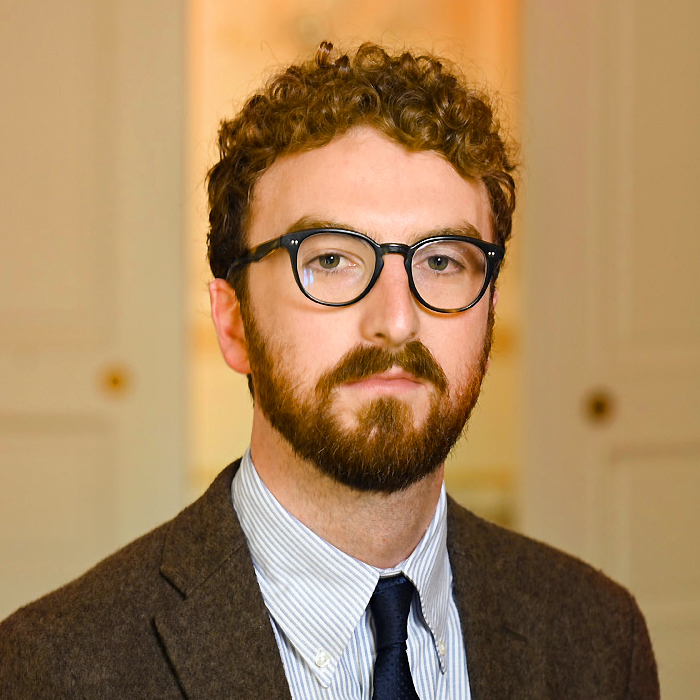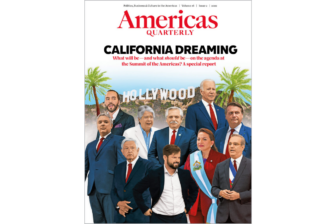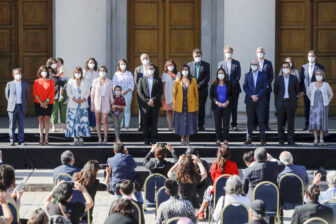LOS ANGELES — At 2022’s Summit of the Americas, the U.S. hosts are in the spotlight, doing their best to paper over tension surrounding the event’s guest list and convince attendees they are doing enough on investment, climate and migration.
With much of the Latin American press remaining focused on no-shows from Mexico and others, the Biden administration seemed to have carefully honed its messaging on the controversy over the decision not to invite leaders from Cuba, Nicaragua and Venezuela—and on pitching the deliverables they have prepared for the event.
On Wednesday, Jake Sullivan, the U.S. national security advisor, tried to deflect concerns that controversy over the guest list signaled a fraying commitment to democracy in the hemisphere, insisting to reporters the issue was simply “a difference of opinion . . . as to (the) right way to approach the invitation of a dictator or a non-invitation of a dictator.”
That evening, Biden alluded to the ill feelings in guarded tones in his opening remarks. “We don’t always agree on everything,” he said, “But because we’re democracies, we work through our disagreements with mutual respect and dialogue.”
The major announcements of initiatives to be launched at the summit are coming, chiefly from the U.S. hosts, on a thematically organized timeline: investment on Wednesday, climate issues on Thursday and migration on Friday. But there’s an effort to try to integrate the three issues, in part to provide a sense of unity of effort, but also to try to make what’s being done seem more substantial.
Kamala Harris announced $1.9 billion in new private sector commitments to invest in northern Central America, hoping it would help address “the root causes of migration.” Economic conditions are certainly a key driver of migration, but the focus on economics—rather than politics—is in part a necessary one. With the presidents of Mexico and the Northern Triangle countries having skipped the gathering, there’s little room for a political agreement on migration.
Still, Biden has pledged to try, signaling that Friday will see the launch of a Los Angeles Declaration on Migration and Protection he described as “groundbreaking.”
The central economic initiative is the proposed Americas Partnership for Economic Prosperity, an agreement on economic cooperation that Biden claimed would “help economies grow from the bottom up and the middle out, not the top down” and linked to his domestic agenda, suggesting what was true in the U.S. was also true elsewhere in the hemisphere.
But here, too, details are scarce. A senior administration official said the agreement was “flexible” and merely “the beginning of a conversation that we want to have” and would depend on a ministerial meeting not likely to occur until the fall.
Without large amounts of new funding to announce, the main lever the U.S. can pull is to pursue changes to multilateral development banks, especially the Inter-American Development Bank and its private-sector arm, IDB Invest, to make it easier for Latin American and Caribbean countries, many of which are now classified as middle-income but have high inequality, to receive funding.
“Middle income means you don’t get the benefit of a lot of opportunities,” Biden said on Thursday, pitching fresh development bank funding and private-sector mobilization as representing an alternative to the “debt trap” style of foreign investment—a clear reference to Chinese economic presence in the region.
As the U.S. administration tried to put specifics on a plan to boost cooperation and investment in climate adaptation and clean energy in the Caribbean, it was the development banks again tasked with much of the heavy lifting.
On Latin American leaders’ minds are whether these changes to development banks represent a real alternative to Chinese investment. The sums involved seem likely to be relatively modest, and U.S. administration officials warned the changes would depend on “certain procedural hoops that we need to jump through.”
The summit officially kicked off at an inaugural ceremony Wednesday night. Speeches by leaders alternated with cutesy montages of children reciting factoids about countries in the region (“Canada has the longest coastline in the world”) and musical performances replete with elaborate special effects.
A few moments awkwardly reminded attendees of the guest list controversy. One photo of Mexican President Andrés Manuel López Obrador, who declined to attend, lingered uncomfortably on-screen during one montage. On the other hand, Cuba pointedly didn’t get a factoid read out when the video clip reached its place in the alphabet.
A terse speech by Peruvian President Pedro Castillo, appearing without his formerly customary large hat, emphasized the past summit’s commitments on corruption—lately a sensitive subject for Castillo and for the region—and invoked the idea of “America for Americans.” Though he meant North and South America, ex-ally Vladimir Cerrón, interpreting “America” more narrowly, took him to task on Twitter for supporting the “colonialism of the Monroe Doctrine.”
But there were also occasional flashes of bonhomie. During a performance by a Mexican mariachi singer, Argentine first lady Fabiola Yáñez could be seen singing along. A few Latin American reporters belted out lines in the press box; Mexican flags waved in the audience. At the front, Biden grinned, looking only a little tired.







